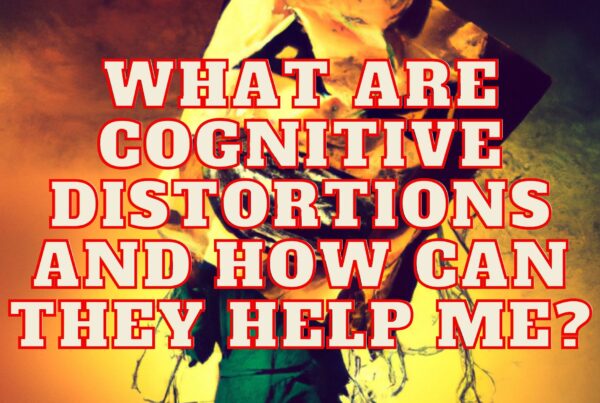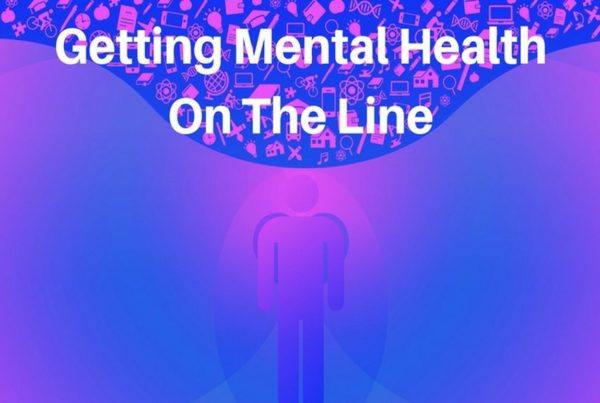Understanding Cognitive Distortions: A Gateway to Mental Health
What Are Cognitive Distortions?
Imagine being trapped in a funhouse filled with distorted mirrors. You look at your reflection and see yourself as too big, too small, too this, too that – you get the point. Your perspective is twisted and not accurate. In our minds, something similar can occur, a phenomena referred to as cognitive distortions.
Cognitive distortions, without all the jargon, are simply misinterpretations of reality. They’re the mental lenses through which we view the world, but they’re not quite right. They’re like a pair of glasses with the wrong prescription; they warp our view, causing us to misinterpret what’s going on around us and within us.
Upon understanding cognitive distortions, you have a greater ability to recognise when your mind might be trying to trick you.
Let’s delve into 10 common cognitive distortions, shall we?
Top 10 Cognitive Distortions
1. All-or-Nothing Thinking
First on our list is ‘all-or-nothing thinking’, often regarded as a black-and-white perspective. Here, everything is seen in extremes; it’s either perfect or disastrous, with no middle ground. For instance, if someone believes they must perform flawlessly at work, even one small mistake can make them feel like a complete failure.
2. Overgeneralization
Overgeneralization is where one negative event is seen as a never-ending pattern of defeat. Someone who experienced a single romantic rejection might think, “I’ll always be alone.”
3. Mental Filter
A ‘mental filter’ is applied when attention is hyper-focused on a single negative detail to the exclusion of all else. An example would be receiving feedback at work; if nine points were positive and one was a minor critique, only the critique is remembered.
4. Disqualifying the Positive
Even when positive experiences occur, someone under the influence of this distortion can find a way to dismiss it, maintaining a negative belief. If a person gets a promotion, they might say, “I just got lucky.”
5. Jumping to Conclusions
There are two types of this distortion: ‘mind reading’ (assuming you know what others are thinking) and ‘fortune telling’ (predicting the future negatively). You might assume your friend is angry with you because they didn’t return a text, or predict that you’re going to do poorly on a presentation without any concrete evidence.
6. Magnification (Catastrophizing) or Minimization
In this distortion, a person blows things way out of proportion or shrinks them until they seem insignificant. A small mistake might be seen as a catastrophic failure, or a significant accomplishment is regarded as a trivial event.
7. Emotional Reasoning
Emotional reasoning is when feelings are taken as facts. If someone feels stupid, they assume they are stupid, regardless of evidence to the contrary.
8. Should Statements
People using ‘should’ or ‘must’ statements often set unrealistic expectations for themselves or others, leading to disappointment and frustration.
9. Labeling and Mislabeling
In this distortion, instead of describing an error, an individual attaches a negative label to themselves or others. For example, making a mistake might lead to labeling oneself as ‘a loser’.
10. Personalization
Last but not least, personalization occurs when someone takes things personally that have little or nothing to do with them. If a friend cancels plans, they might assume it’s because the friend doesn’t enjoy their company, ignoring other possible reasons like illness or unexpected commitments.
How Understanding Cognitive Distortions Can Help
Understanding cognitive distortions isn’t just about identifying them; it’s about learning to challenge and change these distortions. By recognizing these distorted thoughts when they occur, individuals can start to analyze and challenge them. This process, while it might seem daunting, is an integral part of cognitive-behavioral therapy (CBT).
So, how does one challenge cognitive distortions? There are several methods, but here are some steps to start with:
- Step 1: Identification. Become aware of the distortions in your thinking.
- Step 2: Evidence Gathering. Look for evidence that contradicts the distorted thought.
- Step 3: Alternative Thoughts. Consider other, more balanced thoughts that might also explain the situation.
Grasping these cognitive distortions and their role in mental health can be a transformative process. It allows individuals to take the helm, steering themselves out of the stormy seas of anxiety and uncomfortable thoughts and feelings, and towards the tranquility of understanding and self-compassion.
Book Your FREE 30 Minute Consultation With Release Hypnosis NOW!
You may also like to read:
Can Hypnosis Enhance Your Counselling Experience?
Can’t Visualise in Hypnosis? Here’s What You Can Do Instead.
Understanding Hypnosis as a Process
What Is The Success Rate of Hypnosis?







